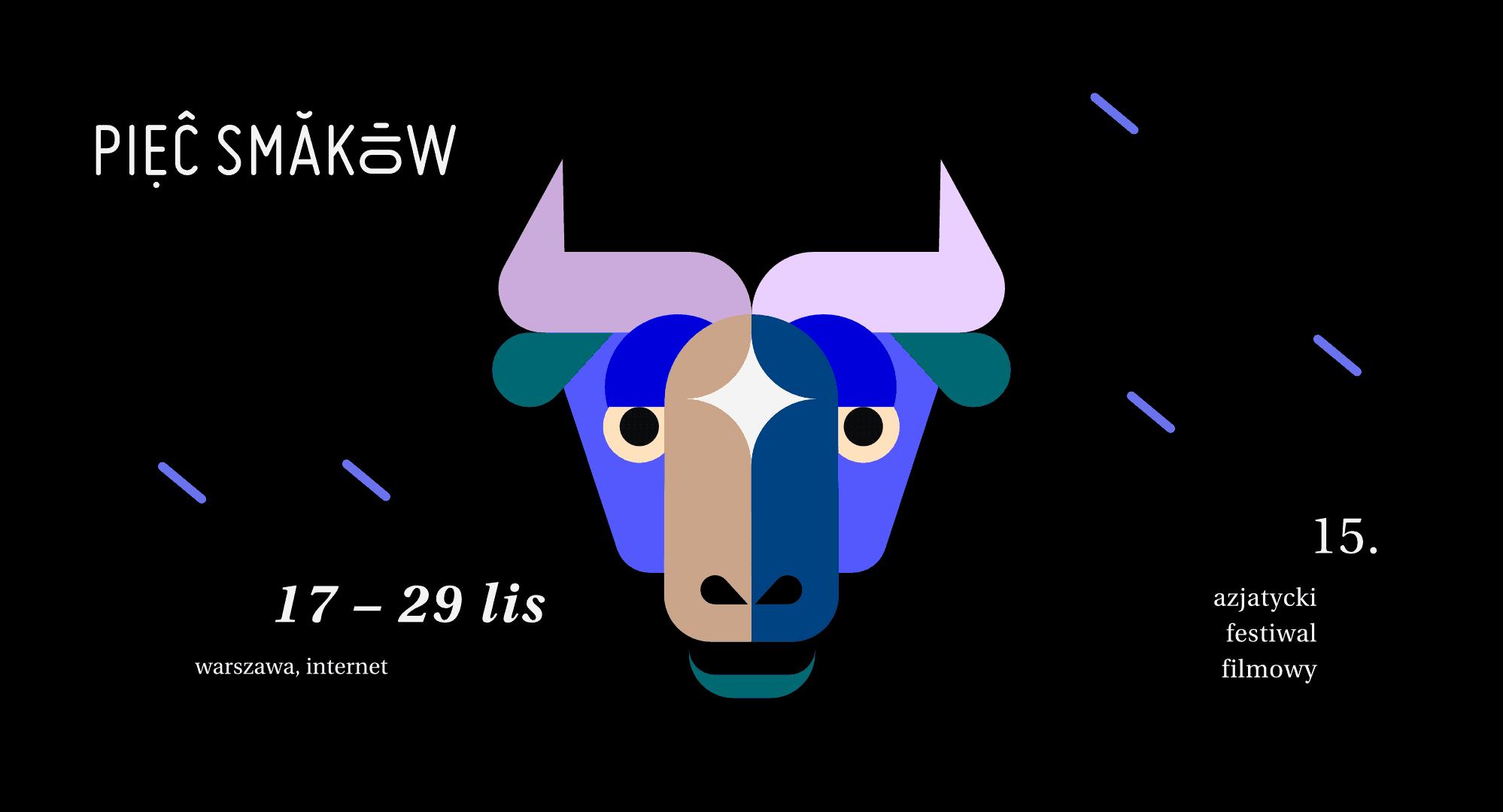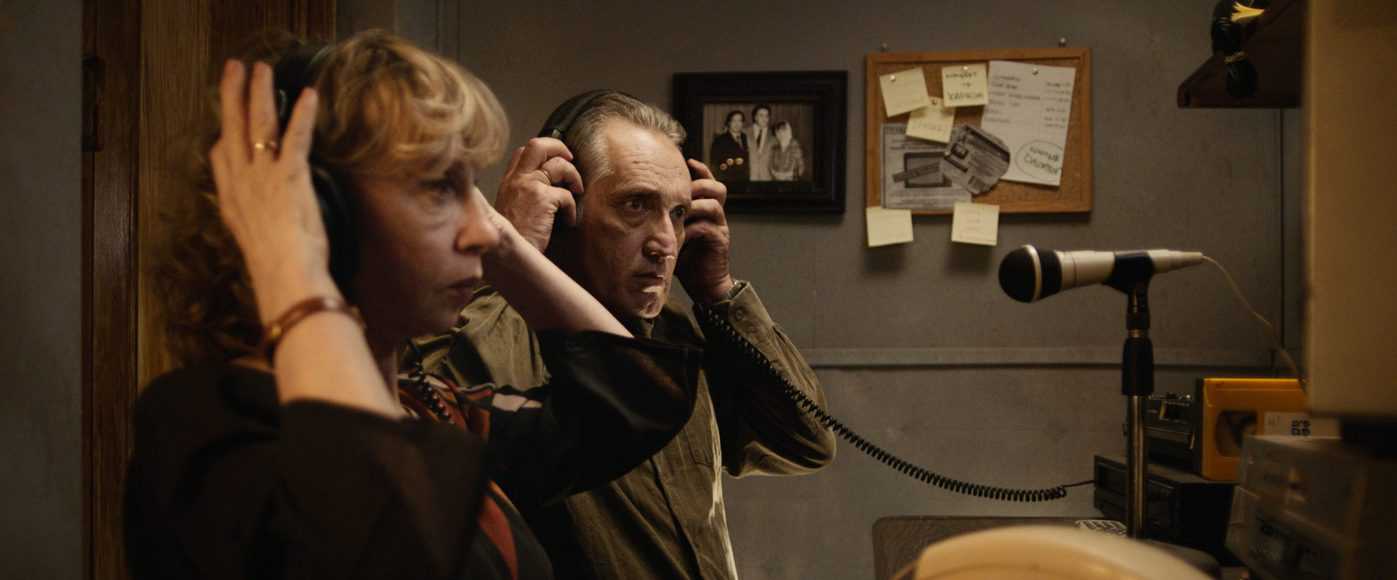In recent years, Lijo Jose Pellissery rose to the position of one of the most talented and daring directors of Malayalam cinema. With movies like “Ee.Ma.Yau” or “Jallikattu” he managed to break through the boundaries of regional cinema and with the latter he has even reached an international audience. He started his career with well-crafted genre films (“Nayakan”, “City of God”), to later gain a reputation of curious experimenter uplifting and extending the generic boundaries to challenging levels. With each of the recent projects, he kept looking for unique ways of expression, eager to show his distinctive voice and mastered the crowd scenes pulsating with nerve and controlled chaos.
Churuli screened at Five Flavours Asian Film Festival

In his latest venture, “Churuli”, based on a short story by Vinoy Thomas, he still proceeds along the bravado path, and charms with dazzling visuals, but at the same time rather sticks to his previous interests (e.g. focus on human nature, portraying small and closed communities, nights shots with scarce sources of natural light) than tries to surprise with new ones. Unfortunately to a dissatisfactory result.
The director stayed in dense forests, which were the location of “Jalikattu”, which provides mysterious, mist-clad surroundings crafting the atmosphere of an uncanny valley. He starts the story with two police officers (Chemban Vinod Jose and Vinay Forrt), who take an undercover journey in search of a wanted criminal. The man they are looking for is supposed to hide in a self-sufficient commune inhabiting a remote and difficult-to-reach sylvan area. The commune is not a bunch of happy hippies, but a group who seem to live outside the world of conventional law and justice. At first glance, you may think they are regular villagers, mocking each other, busy with their crops, and organizing dull family celebrations. But something wicked lurks beneath the surface. Also, the eerie and stifling atmosphere arises with seemingly meaningless, though bizarre incidents.
The movie begins with a prologue, providing a twist in the upcoming tale. An impressive animated sequence narrates the mythical story of a monk, who went to a forest to hunt for demon Perumandan. He lost his way, and the demon in disguise promised to help him. The monk, tricked by his foe, had strayed ever since. This sets the tone for the narrative and teases to expect the unexpected. Dropping tiny bits of supernatural mystery, Pellissery draws parallels between the myth and his story. It opens the way to interesting interpretations. The structure of the narrative may echo the concept of history known from Indian epics like “Mahabharata” and “Ramayana”, in which it's perceived not as a linear chain of causes and consequences, but rather a cycle of recurring events, a wheel. “Churuli”'s structure is more like a spiral labyrinth (and the “spiral” serves as the original title).
Once again Pelissery confronts the audience with the beastliness of human nature. The inner animal slumbers exist in everyone and is a matter of circumstances when they awaken. Also a human as an individual differs from a human being a member of a crowd. Mob mentality, similarly as in “Jallikattu”, becomes a savage force, able to burst beyond control. In a world of a beastly humans, it's easy for the hunter to become hunted.
“Churuli”'s oneiric atmosphere and pace, initially well suited for establishing the rules of the village, with time becomes a slog. The frantic pace, which was the insane base of “Jallikattu” or “Angamaly Diaries”, is missing. Too many sequences are just simplistic portrayals of Keralan rural life, while intriguing concepts of time and space aren't allowed to flourish. The uncanny elements are in short supply and finally, they appear only as decorative trinkets, not woven into meticulously planned narrative fabric. If suddenly all of them (along with the animated prologue) miraculously evaporated from the movie, it would actually make more sense. In the end, the dots stay disconnected and the questions unanswered, although the craziness (and E.T. homage) of the grand-finale is visually appealing.
Regrettably, this mysterious movie, although offering striking images (with efforts of DoP Madhu Neelakandan) and immersive sound design, painfully lacks in the mystery department.
















